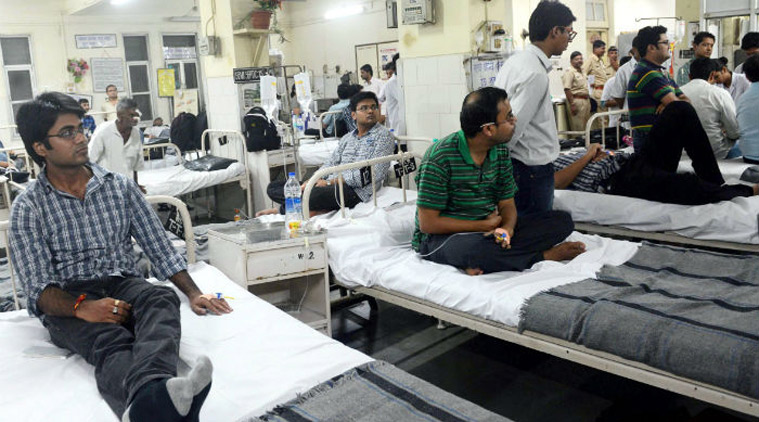
Patients dissatisfied with doctors’ communication-Can training help?
The Ministry of Health and Family Welfare conducts the ‘Mera Aspataal’ (“My Hospital”) survey every year to collect patient’s feedback about government hospitals. In this year’s survey, of the 22% patients who said they were dissatisfied with their experience with AIIMS, the major reason was staff behavior. Although this pertains to just one hospital, doctor’s interaction with patients is an aspect which is gaining prominence in a culture that’s increasingly consumer-centric: If the consumer(patient) is not satisfied, the bad mark is on the service provider(doctor).
But how much of nicety is realistic when doctors are too stressed with over-work is a question that should be asked.
AIIMS, for its part has said that it would inculcate more communication and soft skills in its doctors in the future.
Currently, communication skills don’t form a part of the MBBS curriculum at AIIMS. Some of the faculty do teach about effective methods of communication while the psychiatry department runs the occasional workshop for which attendance is not mandatory. However, there exists no cohesive approach from AIIMS to build communication skills training into the syllabus.
Time waits for no doctor
An AIIMS hospital sees on average about 8,000 outpatients every day. The kind of pressure that doctors would be under given the day-to-day turnout of patients is hardly imaginable. Some of the complaint from the patients include doctors expressing impatience when they ask too many questions. Perhaps, the fact that the doctor is pressed for time and wants to keep a consultation to the least time without sacrificing diagnostic and treatment integrity is the reason?
The students at AIIMS, it’s been reported, are also concerned about the fact that communication methods don’t feature in the curriculum. As a fourth year student said to scroll.in, “History-taking is taught, like what you need to ask to a patient, but how you are going to ask the patient, that’s the thing.”
That was before he started on his internship. But after his internship experience, he has been reported as saying that he now understood the difficulty in engaging fully with patients when you are under severe time pressure.
Whether the doctor-patient communication in corporate hospitals is better than public hospitals is also debatable. For one thing, most doctors get trained in the same medical colleges where there exist no instruction in communication methods. However, doctors in the corporate sector do have more time in hand and by and large, they belong to the same socioeconomic position as the patients. Such factors do facilitate good communication though they don’t guarantee it.
In the present scenario, the medical students lack the opportunity to learn first hand about how social structures affect patients’ receiving and the doctors’ provision of care. Learning about communication is largely done through observing the faculty-something that gives them a mixed messages about best practices.
A case to improve communication- Two scenarios
A scroll.in report mentions a scenario in which a doctor in an outpatient department asks an elderly patient to explain his problem. The patient kept offering a sheet of test results and the doctor, shaking his head, kept repeating the question, ‘What is the problem?’ A minor comedic instance which could be remedied with proper communication training.
Another instance the website reports involves a doctor asking a patient’s attendants to gain insights about the patient’s condition and having a hard time of it.
Image credits: indianexpress.com
Images may be indicative